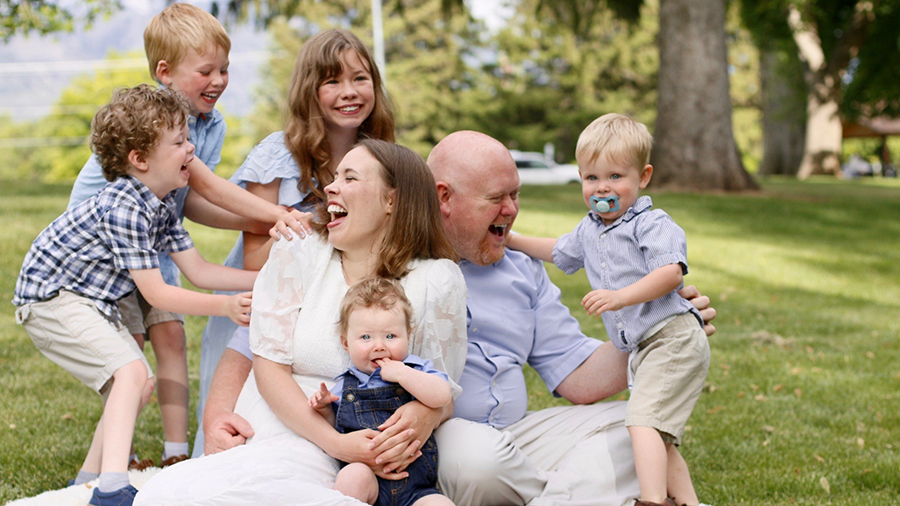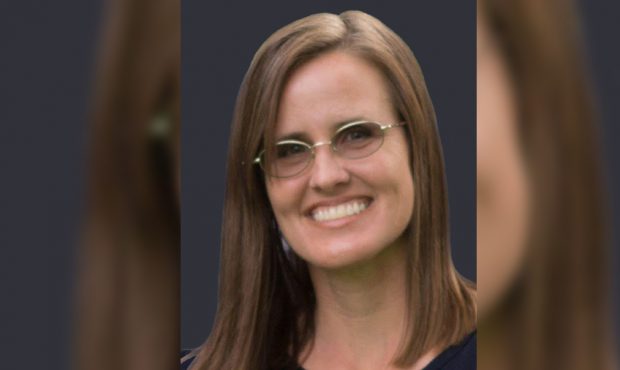Utah experiences largest population spike in 16 years. Here’s where people are moving
Dec 1, 2022, 11:53 AM | Updated: 6:08 pm
SALT LAKE CITY — Utah’s population skyrocketed by a little more than 61,000 people between July 2021 and July 2022, marking the state’s largest spike in absolute growth in 16 years, according to a new population estimate report released Thursday.
With the growth, demographers at the University of Utah Kem C. Gardner Policy Institute say the state’s population has now surpassed 3.4 million people. The report notes that all of Utah’s counties grew over the past year, aside from Daggett County, which declined by six people.
The state’s population rise is a mixture of net migration and natural increase from July 1, 2021 and this July, meaning more people are moving to the state or were born than moving out or dying in that span of time. Net migration accounted for an estimated 38,141 more residents, while natural increase — childbirths vs. deaths — accounted for another 23,101 residents.
“Utah continued to experience strong population growth, even with the lingering effects of the COVID-19 pandemic and the start of an economic shift. Absolute growth reached its highest level since 2006, driven by record-high net migration,” demographers wrote in the annual report.
The Wasatch Front is once again where the state’s population is growing the most, as the four most-populated counties accounted for about 70% of the state’s growth over the past year.
Utah County topped all 29 counties in growth yet again, adding 23,980 people — double any other county in the state. Its population boost is spurred by having both the highest net migration and highest natural increase; the institute estimates that its net migration grew by 15,394 people, while its natural increase jumped by 8,586 people.
The growth pushes Utah County’s estimated population up to 707,602 overall, second behind Salt Lake County’s 1.2 million residents. The state’s most-populated county gained close to another 10,000 residents over the past year, placing second in absolute growth. Davis County placed third in absolute growth, adding 5,708 residents, while Washington (4,276) and Cache (2,996) rounded out the top five.
Counties just outside of the main population core topped the state in percentage growth, though. Iron County’s 4.3% growth led all of the counties, as an estimated 2,625 people were added over the past year. Wasatch County (3.8%) placed second, adding 1,362 residents. Kane and Utah (3.5% each), as well as Rich (3.3%) rounded out the top five in percentage growth.
The Gardner Policy Institute figures are based on datasets similar to the U.S. Census Bureau, which is scheduled to release its own national and state population estimates later this month. The bureau’s countywide and municipal estimates data is expected to be released in early 2023. Those reports will show how Utah’s growth compares to other parts of the country.
The Beehive State led all other states in percentage growth between the 2010 and 2020 censuses, and tied with Montana behind only Idaho in the category in the bureau’s 2021 population estimate report.
While the Beehive State is in the midst of its largest absolute growth in over a decade, the report acknowledges that natural increase dropped for the second straight year despite the first increase in births since 2015.
“These estimates reflect a particular inflection point in the statewide story of growth and change, with the 2023 estimates likely reflecting broader economic shifts and their resulting impacts to migration,” the authors of the report wrote.
This story will be updated.













